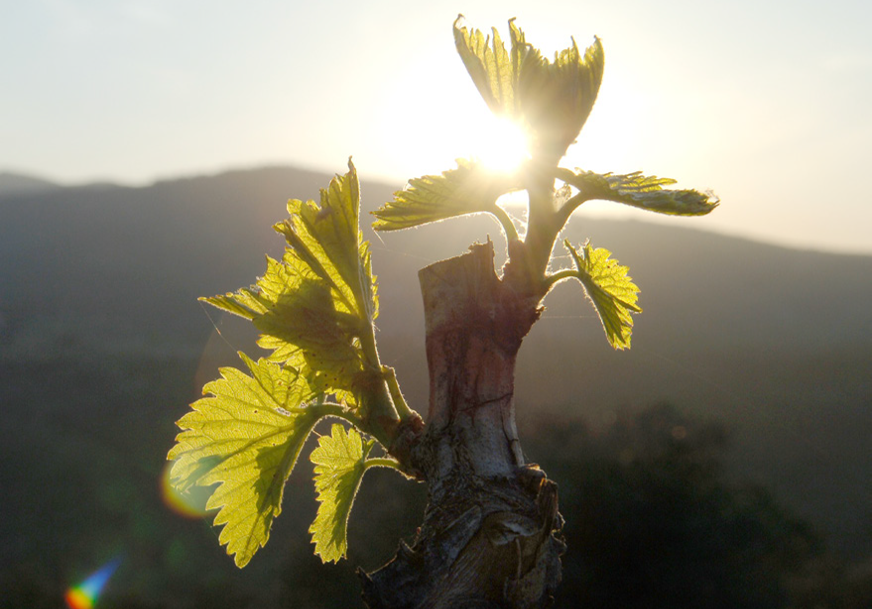Inside the Complex Process of Creating Roussillon’s Superb Wines
Making wine in France’s sunniest region isn’t always easy, but the results are magnificent.
New York, NY, November 2018 – They say that it is always advantageous to take the road less traveled, the more difficult, but often more rewarding path. It is easy to produce wine in some regions, with fertile soils and mild temperatures that result in large quantities of grapes. That is not the case in Roussillon, the southern, coastal French region bordered on three sides by dramatic mountain ranges. Rain is scarce, sun is abundant, and yields are very low, but in the knowledgeable hands of Roussillon’s experienced vintners, these climatic and geographical challenges make far superior wine.
The Roussillon region is essentially an amphitheater surrounded by the Pyrenees, the Albères, and the Corbières mountain ranges that opens to the Mediterranean Sea, creating a warm, dry climate with plentiful, gusting wind. Averaging 320 days of sunshine each year, Roussillon is France’s sunniest region. While this results in fully ripened grapes with concentrated flavors, all of that sun beaming down on vineyards can make it difficult to maintain freshness in finished wines.
But Roussillon’s vintners have been crafting top quality wines in this climate for generations, giving them the intimate know-how needed to create the region’s excellent dry and sweet wines. Local winemakers understand that it is essential to be in the vineyards throughout the growing season, conducting the labor-intensive effort of assessing the vines plot by plot. Roussillon’s vintners are closely connected to their vines, imbuing the winemaker’s care and craft in every bottle.
Of course, the challenges that come with being France’s sunniest region also offer hidden treasures. Because the sun and wind team up in the vineyards of Roussillon, disease is uncommon amidst these warm, dry vines, affording winemakers the opportunity to avoid chemical use and creating a healthier, more delicious wine. The region’s poor soils and old vines, preserved over decades, also challenge vintners with their naturally low yields, but this too contributes to the superb quality of Roussillon wines. Though winemakers must take extra care with the small, precious grapes, this results in a wine that is naturally well-balanced. Roussillon accounts for a mere 2 percent of France’s total wine production, making it a hidden gem among the regions of France.
Without any one of these elements – sun, wind, soil, vine, and viticultural knowhow – Roussillon wines would not be the wines that consumers know and love: high-quality, concentrated, and yet in perfect balance, with smooth tannins and lifting acidity. The region’s vintners regularly take the road less traveled in winemaking, and now that they know it by heart, the results are phenomenal.




